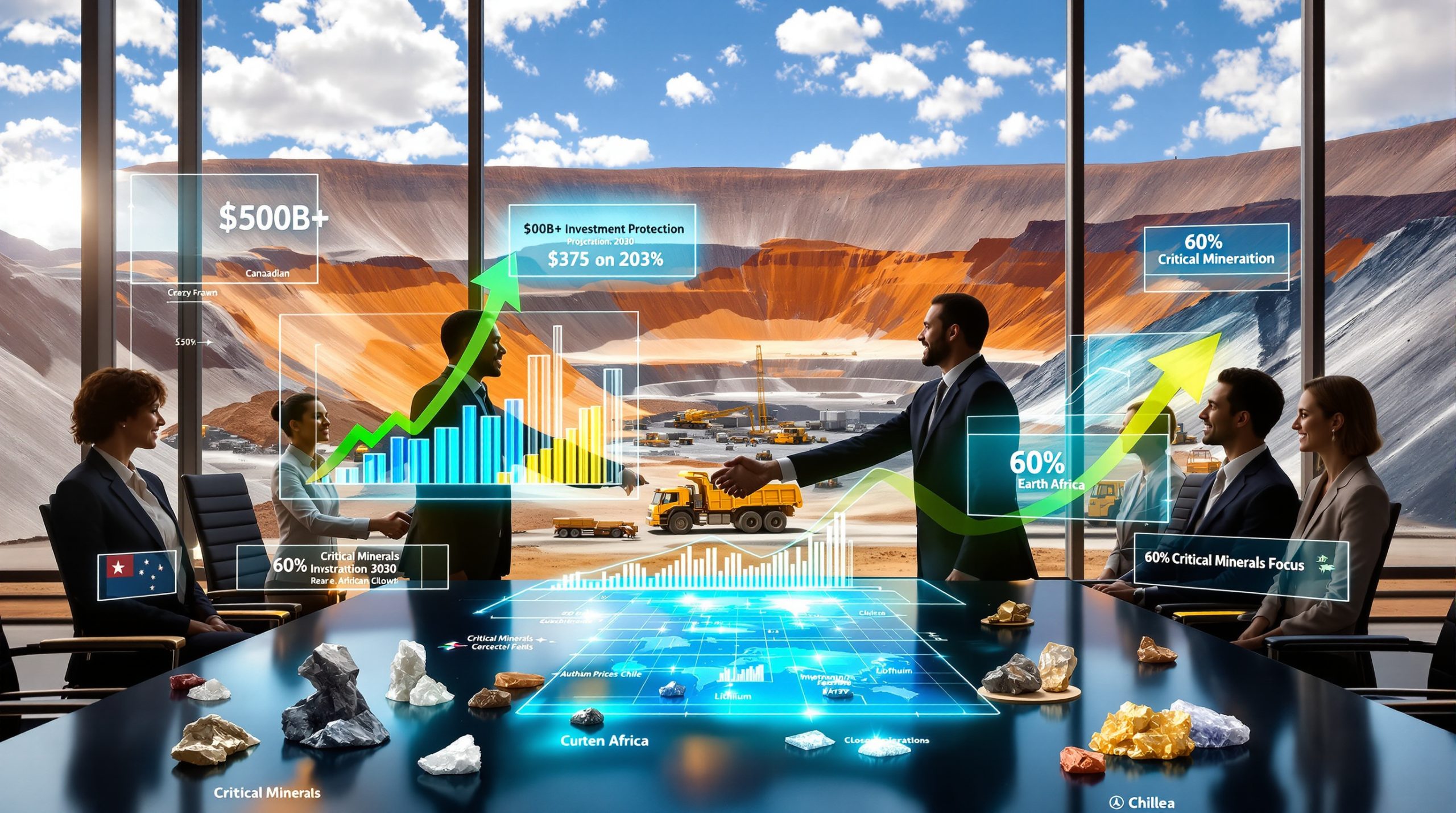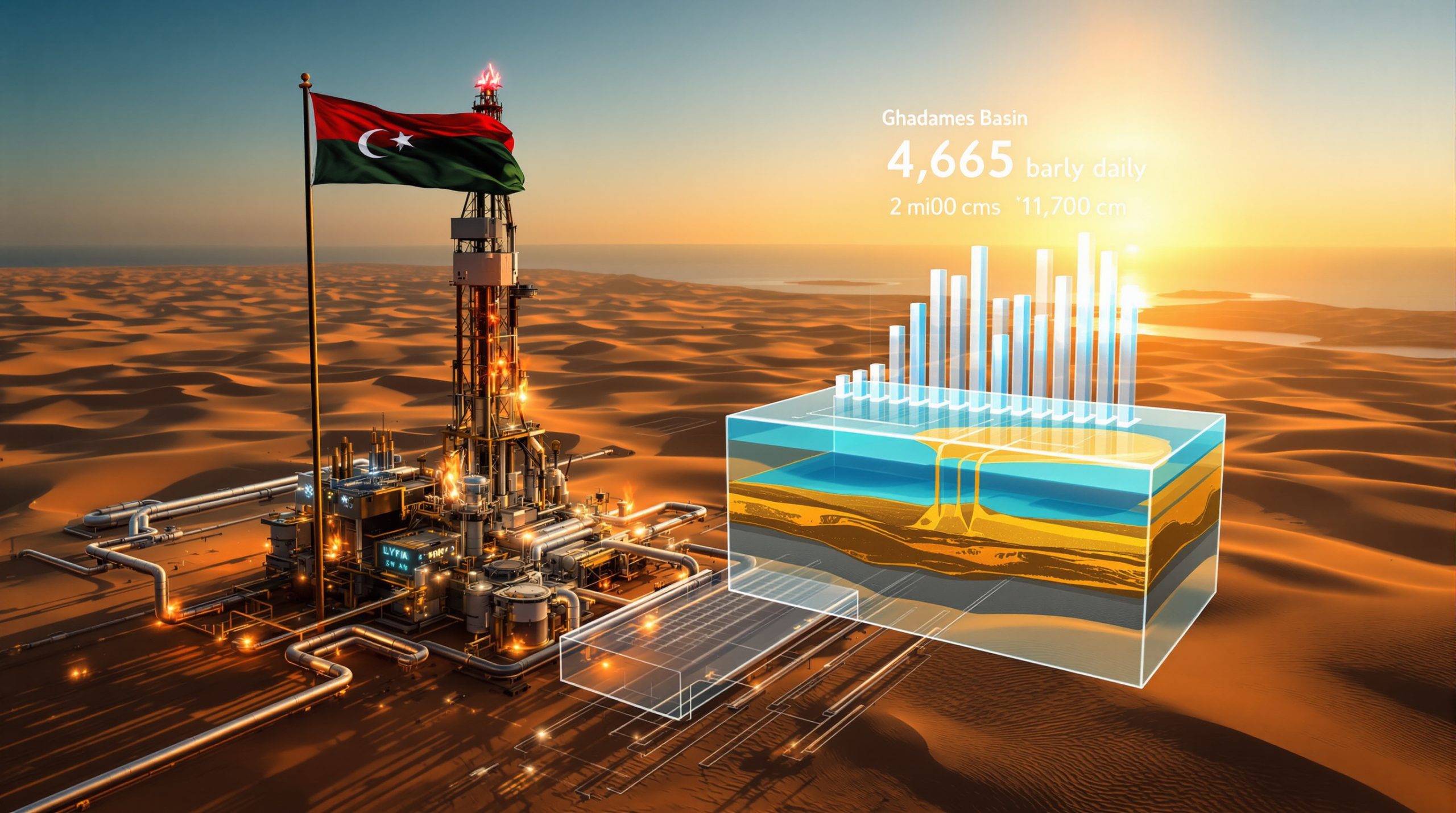The steel industry stands at the forefront of a revolutionary transformation with near-zero emissions ironmaking technology, which promises to eliminate over 95% of carbon dioxide emissions from traditional steel production. This groundbreaking approach replaces coal-dependent blast furnaces with hydrogen-powered systems, fundamentally altering how iron ore transforms into metallic iron. Furthermore, this technological shift represents a critical component of the global energy transition strategy, addressing one of the most carbon-intensive industrial processes.
The technology centres on replacing carbon-based reducing agents with hydrogen gas, fundamentally altering the chemical reactions that transform iron ore into metallic iron. This shift eliminates the primary source of CO2 emissions in steelmaking while maintaining product quality and production efficiency.
Core Technology Components
Modern near-zero emissions ironmaking relies on three interconnected technological systems working in harmony. Hydrogen-based direct reduction reactors serve as the primary processing units, where iron ore undergoes chemical transformation using hydrogen as the reducing agent. Electric smelting furnaces powered by renewable energy sources handle the final melting and refining stages.
Advanced gas recycling mechanisms capture and reprocess hydrogen throughout the system, maximising resource utilisation while minimising environmental impact. These integrated systems operate at lower temperatures than traditional blast furnaces, typically between 800-900°C, which reduces energy consumption while achieving superior environmental performance.
Environmental Impact Comparison
| Production Method | CO2 Emissions per Ton | Primary Energy Source | Water Byproduct |
|---|---|---|---|
| Traditional Blast Furnace | 2.1-2.3 tons CO2 | Coal and coke | Minimal |
| Near-Zero Hydrogen Process | 0.05-0.1 tons CO2 | Renewable hydrogen | Water vapour only |
| Improvement Factor | 20-45x reduction | 100% fossil-free potential | Zero harmful emissions |
How Does Hydrogen-Based Direct Reduction Transform Iron Production?
Hydrogen direct reduction fundamentally reimagines the metallurgical processes that have defined steelmaking for centuries. Instead of carbon monoxide from coal combustion, this technology employs hydrogen gas that reacts directly with iron oxides at controlled temperatures and pressures.
The process follows the chemical equation: Fe₂O₃ + 3H₂ → 2Fe + 3H₂O, producing only water vapour as a byproduct. This reaction eliminates carbon dioxide emissions entirely at the reduction stage, representing the most significant environmental advancement in steel production technology.
Chemical Process Breakdown
The hydrogen reduction process occurs in multiple stages, each optimised for maximum efficiency. Iron ore particles are exposed to hydrogen-rich atmospheres where oxygen atoms bond with hydrogen rather than remaining with iron. The resulting metallic iron maintains the same structural properties as traditionally produced material while requiring approximately 30% less energy per ton.
Temperature control proves critical throughout the process, with precise management ensuring complete reduction while preventing unwanted side reactions. However, modern process technologies enable advanced monitoring systems that track gas composition, temperature gradients, and reaction progress in real-time.
Fluidised Bed Reactor Innovation
Revolutionary fluidised bed reactor (FBR) technology allows fine iron ore particles to react directly with hydrogen without requiring expensive pelletisation processes. This innovation reduces capital investment requirements by eliminating pelletising plants, which traditionally consume 3-5% of total steelmaking energy.
"Fluidised bed systems can process iron ore fines with particle sizes as small as 0.1mm, expanding the range of suitable raw materials and reducing preprocessing costs significantly."
The fluidised bed design creates optimal contact between hydrogen gas and ore particles, achieving reduction rates 40-60% faster than conventional shaft furnace systems. This acceleration translates to smaller reactor footprints and reduced capital costs for new facilities.
What Role Do Electric Smelting Furnaces Play in Clean Steel Production?
Electric smelting furnaces (ESF) represent the final transformation stage in near-zero emissions steel production, where hydrogen-reduced iron undergoes melting and chemical refinement using electricity rather than fossil fuel combustion. These systems achieve temperatures exceeding 1600°C through electric arc or induction heating methods.
Renewable Energy Integration
When powered by renewable electricity sources including solar, wind, and hydroelectric generation, ESF systems achieve complete decarbonisation of the smelting stage. This integration requires sophisticated energy management systems capable of handling variable renewable power supply while maintaining consistent steel production quality.
Grid integration technologies including battery storage and demand response systems enable steel plants to operate efficiently with intermittent renewable energy sources. In addition, some facilities achieve 90% renewable energy utilisation through strategic scheduling and energy storage deployment, aligning with broader sustainability transformation initiatives across the manufacturing sector.
Operational Advantages Over Traditional Methods
Electric smelting furnaces offer several operational benefits compared to traditional blast furnace and basic oxygen furnace combinations:
- Precise temperature control enabling consistent product quality
- Rapid startup and shutdown capabilities supporting flexible operations
- Reduced maintenance requirements due to fewer moving components
- Lower emissions of particulates and sulfur compounds
- Modular design allowing incremental capacity expansion
Which Companies Are Leading Near-Zero Emissions Ironmaking Development?
BHP and POSCO Strategic Partnership
The collaboration between mining giant BHP and South Korean steelmaker POSCO represents one of the most significant advances in commercial-scale near-zero emissions ironmaking technology. BHP and POSCO have partnered to advance hydrogen-based ironmaking technology, focusing on POSCO's HyREX process.
The partnership centres on POSCO's demonstration plant in Pohang, South Korea, designed to process 300,000 tonnes annually. Construction is expected to begin soon, with commissioning targeted for 2028. This facility will be the first to integrate hydrogen-based fluidised bed reactor technology with electric smelting furnaces at commercial scale.
Under their agreement, the companies will share technical expertise and conduct trials using BHP's Pilbara iron ore, providing crucial data for scaling the technology globally. BHP Chief Commercial Officer Rag Udd emphasised that this collaboration marks an important step toward decarbonising the steel industry.
Global Industry Initiatives
Major steel producers worldwide are committing substantial resources to hydrogen-based production methods. European steelmakers lead in investment commitments, driven by stringent emissions regulations and carbon pricing mechanisms. Consequently, Asian producers focus on technological development and demonstration projects, while North American companies emphasise integration with renewable energy infrastructure.
| Company | Technology Focus | Investment Scale | Timeline |
|---|---|---|---|
| POSCO | HyREX demonstration | $300M+ facility | 2028 commercial |
| ArcelorMittal | Multiple H2-DRI projects | €7B transition commitment | 2030 targets |
| Thyssenkrupp | Integrated hydrogen plants | €2B+ development | 2027 first phase |
| Nucor | Renewable-powered DRI | $1.7B investment | 2026 startup |
What Are the Economic Implications of Near-Zero Emissions Ironmaking?
Capital Investment Requirements
Transitioning to near-zero emissions ironmaking demands substantial upfront investment, with new hydrogen-based facilities costing 25-35% more than equivalent traditional plants. However, operational cost advantages emerge through reduced raw material requirements, elimination of coking coal purchases, and potential carbon credit revenues.
The higher capital costs reflect the need for specialised equipment including hydrogen generation or storage facilities, advanced process control systems, and renewable energy infrastructure. These investments typically achieve payback periods of 8-12 years under current economic conditions.
Green Steel Premium Market
Early market development shows growing demand for verified low-carbon steel products, particularly from automotive manufacturers, construction companies, and consumer appliance producers. Premium pricing for green steel ranges from 10-20% above conventional products, depending on certification standards and market conditions.
Major automakers including BMW, Mercedes-Benz, and Toyota have announced commitments to source low-carbon steel for their vehicles. For instance, construction firms developing LEED-certified buildings increasingly specify green steel to achieve sustainability targets.
Long-term Cost Competitiveness
Economic modelling suggests near-zero emissions ironmaking technology will achieve cost parity with traditional methods between 2035-2040, driven by several converging factors:
- Declining renewable energy costs reducing hydrogen production expenses
- Expanding carbon pricing increasing traditional steelmaking costs
- Technology learning curves improving efficiency and reducing capital costs
- Scale economies as production volumes increase globally
"Current green hydrogen costs of $3-5 per kilogram must decline to $1.50-2.00 per kilogram for full cost competitiveness with coal-based steelmaking."
How Does Hydrogen Supply Infrastructure Support Clean Ironmaking?
Green Hydrogen Production Requirements
Near-zero emissions ironmaking demands approximately 55-65 kg of hydrogen per ton of steel produced, representing massive hydrogen consumption volumes. A typical 2 million tonne per year steel plant would require 120,000-130,000 tonnes of hydrogen annually, equivalent to the output from 2-3 GW of dedicated electrolysis capacity.
This hydrogen demand is driving unprecedented investment in renewable-powered electrolysis facilities. Current global electrolysis capacity totals approximately 0.3 GW, requiring expansion by a factor of 100-150 to support widespread steel industry adoption.
Supply Chain Optimisation Strategies
The concept of "Green Iron Corridors" envisions integrated industrial complexes co-locating hydrogen production, iron ore processing, and renewable energy generation. These clusters minimise transportation costs while maximising operational efficiency and energy utilisation.
Successful corridor development requires:
- Abundant renewable energy resources for cost-effective hydrogen production
- Proximity to iron ore deposits reducing transportation expenses
- Access to deep-water ports enabling global market access
- Supportive regulatory frameworks facilitating project development
- Skilled workforce availability for advanced technology operations
Countries including Australia, Chile, and parts of the Middle East are positioning themselves as future green iron exporters based on superior renewable energy resources. Furthermore, these nations are developing their strategic mineral reserve capabilities to support this technological transition.
What Technical Challenges Must Be Overcome for Commercial Success?
Process Optimisation and Efficiency
Current hydrogen-based reduction systems achieve 75-85% of theoretical maximum efficiency, leaving significant room for improvement. Ongoing research focuses on advanced catalyst development, reactor design optimisation, and sophisticated heat recovery systems to close this performance gap.
Key technical challenges include:
- Hydrogen utilisation efficiency in reduction reactions
- Heat integration between process stages
- Product quality consistency across varying operating conditions
- Equipment reliability under continuous high-temperature operation
- Process control automation for optimal performance
Quality and Consistency Standards
Hydrogen-reduced iron must meet stringent metallurgical specifications for downstream steel production applications. Product quality parameters include residual oxygen content, metallic iron percentage, and trace element composition. However, advanced process control systems and real-time monitoring technologies are essential for maintaining consistent product specifications.
Quality assurance systems must address potential variations in iron ore composition, hydrogen purity levels, and operating conditions. Statistical process control methods help identify and correct deviations before they impact final product quality.
Scale-Up Engineering Challenges
Moving from demonstration-scale facilities to full commercial production requires solving complex engineering challenges related to reactor sizing, gas flow dynamics, and thermal management. Industrial-scale systems must handle material flows 50-100 times larger than pilot plants while maintaining uniform processing conditions.
Critical scaling considerations include:
- Reactor geometry optimisation for uniform gas-solid contact
- Heat transfer management in large-scale systems
- Material handling systems for continuous operation
- Process safety systems for hydrogen-rich environments
- Maintenance accessibility in industrial-scale equipment
What Policy Framework Supports Near-Zero Emissions Ironmaking Adoption?
Carbon Pricing and Emissions Trading
Expanding carbon pricing mechanisms create economic incentives favouring low-emissions steel production technologies. Current carbon prices in established markets range from $25-85 per tonne CO2, with prices above $50 per tonne making hydrogen-based ironmaking increasingly competitive with traditional methods.
The European Union's Emissions Trading System (ETS) has achieved carbon prices consistently above €70 per tonne, providing strong economic drivers for steel industry transformation. Similarly, systems in California, Quebec, and other regions are expanding coverage and raising price floors.
Government Investment and Incentives
National governments provide substantial support through various mechanisms including tax credits, research grants, and infrastructure investment programmes. The U.S. Inflation Reduction Act includes production tax credits for clean hydrogen that can reduce costs by $3 per kilogram over 10 years.
European Union support mechanisms include:
- Innovation Fund providing €10 billion for clean technology demonstrations
- Green Deal Industrial Plan targeting strategic industry transformation
- REPowerEU programme accelerating renewable energy deployment
- Important Projects of Common European Interest facilitating cross-border collaboration
International Trade and Standards
Emerging carbon border adjustment mechanisms favour low-emissions steel products in international trade, creating additional market drivers for clean production technologies. The EU's Carbon Border Adjustment Mechanism (CBAM), implemented in 2026, applies carbon pricing to imported steel based on production emissions intensity.
These trade measures are driving global harmonisation of carbon accounting standards and pushing international steel producers to adopt cleaner technologies to maintain market access.
How Will Near-Zero Emissions Technology Transform Global Steel Markets?
Regional Production Advantages
Countries with abundant renewable energy resources and iron ore deposits will gain significant competitive advantages in future steel markets. Australia possesses world-class iron ore reserves and exceptional solar and wind resources, positioning it as a potential dominant green steel exporter.
Chile combines copper mining expertise with outstanding renewable energy potential, particularly in the Atacama Desert region. Meanwhile, Middle Eastern countries including Saudi Arabia and UAE are leveraging solar resources and sovereign wealth funds to develop green steel production capabilities.
Regional advantage factors include:
- Renewable energy costs below $20/MWh for optimal economics
- Iron ore quality and accessibility affecting processing requirements
- Infrastructure development including ports and transportation networks
- Skilled workforce availability for advanced technology operations
- Regulatory stability encouraging long-term investment
Supply Chain Reconfiguration
Traditional steel trade patterns will undergo fundamental transformation as proximity to renewable energy becomes more important than access to coal deposits. This shift will reshape global industrial geography, potentially reducing the dominance of current major steel-producing regions while elevating countries with superior renewable resources.
Historical steel production centres in China, India, and Eastern Europe may face competitive pressures if they cannot access low-cost renewable energy for hydrogen production. Conversely, regions like northern Africa, western Australia, and Patagonia could emerge as major steel exporters based on renewable energy advantages.
Market Differentiation and Branding
Steel producers are developing sophisticated certification systems and branding strategies to differentiate low-carbon products in traditionally commodity-focused markets. These initiatives create new value propositions and enable premium pricing for verified green steel products.
Certification standards address:
- Lifecycle carbon emissions from mining through final product
- Renewable energy percentage in production processes
- Water usage and recycling efficiency metrics
- Social responsibility including worker safety and community impact
- Supply chain transparency ensuring sustainability throughout value chains
What Does the Future Hold for Near-Zero Emissions Ironmaking?
Technology Roadmap Through 2050
Industry projections indicate near-zero emissions ironmaking technology could capture 35-45% of global steel production by 2050, representing a complete transformation of the industry. Demonstration plants like POSCO's HyREX facility will provide crucial operational data by 2028, enabling rapid commercial deployment throughout the 2030s.
The deployment timeline follows a predictable pattern reflecting broader industry evolution trends:
- 2025-2028: Demonstration plant operations and technology refinement
- 2028-2035: First commercial facilities and early market development
- 2035-2045: Rapid scaling and cost competitiveness achievement
- 2045-2050: Market maturity and global adoption
Integration with Circular Economy Principles
Future developments will integrate near-zero emissions ironmaking with steel recycling systems, renewable energy storage applications, and industrial symbiosis concepts. These integrated approaches create fully sustainable steel production ecosystems that minimise resource consumption while maximising value creation.
Circular integration opportunities include:
- Steel scrap integration with hydrogen-based processing
- Waste heat utilisation for hydrogen production or other industrial processes
- Water recycling systems minimising freshwater consumption
- Byproduct utilisation creating additional revenue streams
- Renewable energy storage using excess capacity for grid services
Innovation Frontiers
Emerging technologies promise further enhancements to clean steel production efficiency and economics. Green iron and steel technologies have the potential to reduce CO2 emissions significantly, with plasma-based reduction processes potentially achieving even higher temperatures and reaction rates than current hydrogen systems. Advanced electrolysis methods including high-temperature electrolysis and photoelectrochemical systems may significantly reduce hydrogen production costs.
Artificial intelligence and machine learning applications will optimise process control, predict equipment maintenance requirements, and enhance product quality consistency. Digital twin technologies enable virtual testing and optimisation before implementing physical system changes.
"The convergence of artificial intelligence, advanced materials science, and renewable energy technologies will create steel production systems that are not only carbon-neutral but potentially carbon-negative through integration with carbon capture and utilisation technologies."
The transformation to near-zero emissions ironmaking represents more than a technological shift—it embodies a fundamental reimagining of one of humanity's most essential industrial processes. As demonstration projects prove commercial viability and costs continue declining, this technology will reshape global steel markets while providing a crucial solution for industrial decarbonisation.
Ready to capitalise on the next major green technology breakthrough?
Discovery Alert's proprietary Discovery IQ model identifies significant ASX mineral discoveries in real-time, including breakthrough technologies and strategic partnerships like the BHP-POSCO hydrogen ironmaking collaboration. Subscribers receive instant notifications on actionable investment opportunities across critical minerals and emerging industrial technologies before the broader market reacts.




